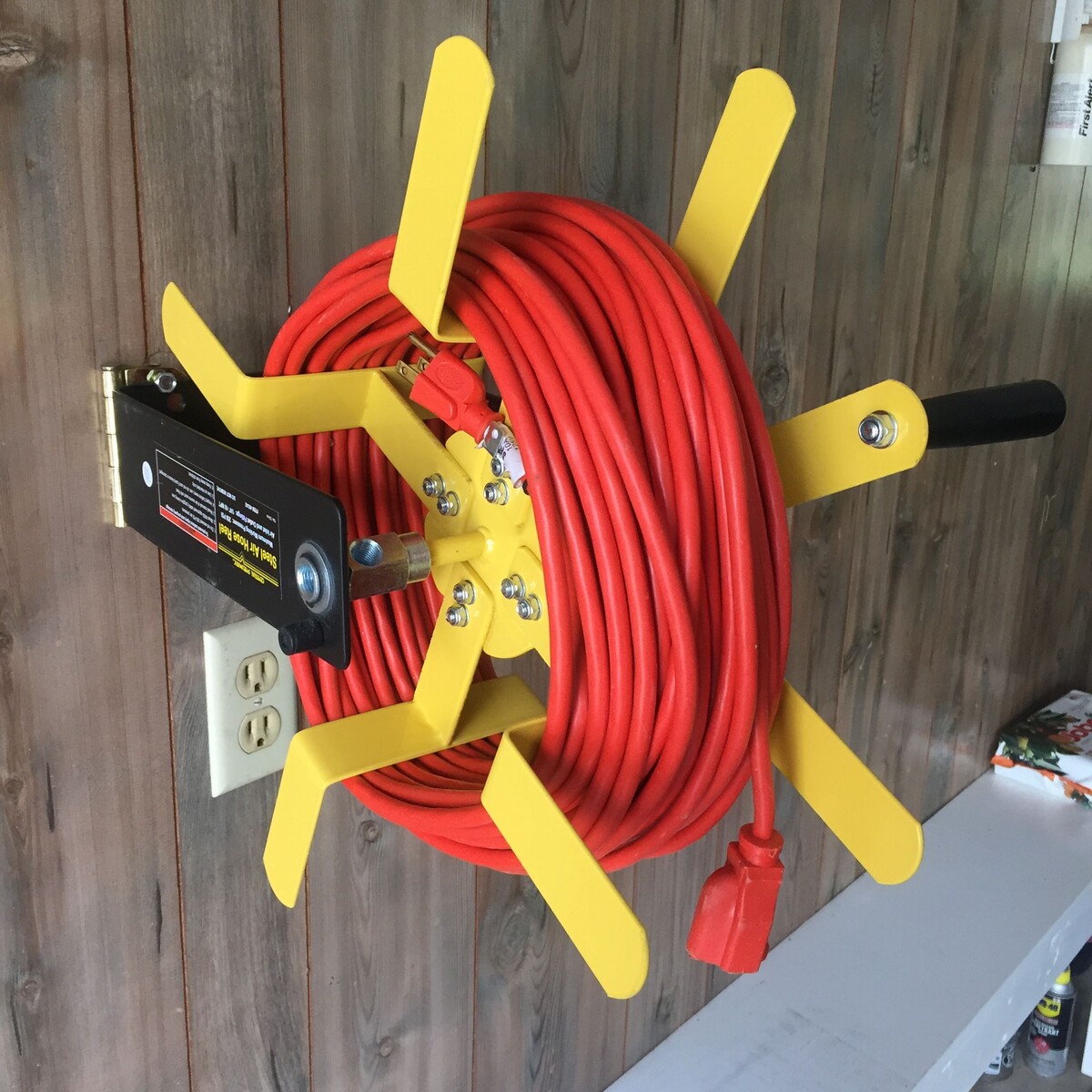

Articles
How To Wind An Extension Cord
Modified: October 26, 2024
Learn how to properly wind and store your extension cords with these helpful articles. Prevent tangles and damage for easy use every time
(Many of the links in this article redirect to a specific reviewed product. Your purchase of these products through affiliate links helps to generate commission for Storables.com, at no extra cost. Learn more)
Introduction
Extension cords are widely used in homes, offices, and outdoor spaces to provide additional power sources. However, dealing with tangled extension cords can be a frustrating and time-consuming task. Learning the proper technique for winding and storing an extension cord can save you valuable time and prevent damage to the cord.
In this article, we will guide you through the step-by-step process of winding an extension cord, ensuring that it remains organized and tangle-free. We will also share some safety precautions to keep in mind while handling extension cords.
By following these simple guidelines, you can easily wind and store your extension cords in a neat and efficient manner, making them ready for future use.
Key Takeaways:
- Properly winding and storing an extension cord is crucial for preventing tangles and damage, ensuring safety, and prolonging its lifespan. Follow the steps outlined to maintain an organized and efficient workspace.
- Prioritize safety by unplugging the cord, inspecting for damage, and following proper winding techniques. Creating a loop, securing it, and storing the cord properly will save time and prevent tangles, contributing to its longevity.
Read more: How To Wind An Electrical Cord In A Braid
Safety Precautions
Before you begin winding an extension cord, it’s crucial to prioritize your safety. Here are some important safety precautions to keep in mind:
- Unplug the cord: Always ensure that the extension cord is unplugged from the power source before handling it. This prevents accidental shocks or short circuits.
- Inspect the cord: Before winding the extension cord, carefully inspect it for any signs of damage, such as cuts, frayed wires, or exposed insulation. Using a damaged cord can be hazardous and pose a fire risk. If you notice any damage, replace the cord immediately.
- Avoid water exposure: Extension cords and water do not mix. Keep the cord away from water sources, including wet surfaces and outdoor areas prone to rain or moisture. Water can damage the cord and pose a serious risk of electrical shock.
- Prevent overheating: Overloading an extension cord can cause it to overheat, potentially leading to a fire. Make sure not to exceed the cord’s maximum wattage or amp rating. If you’re unsure about the capacity, consult the manufacturer’s instructions or seek professional advice.
- Keep away from heat sources: Avoid placing the extension cord near heat sources like radiators or heaters. Excessive heat can damage the cord’s insulation, posing a safety hazard.
- Avoid sharp objects: Be cautious while winding and storing the extension cord to prevent it from coming into contact with sharp objects. This can cause cuts or punctures, compromising the cord’s integrity.
- Store in a dry area: After winding the cord, store it in a clean and dry area. Moisture can damage the cord and increase the risk of electrical shock or fire.
- Use the appropriate cord: Ensure that you are using the correct type and gauge of extension cord for your intended purpose. Different appliances and tools require cords of varying capacities. Using an inadequate cord can lead to overheating and damage.
By following these safety precautions, you can minimize the risks associated with extension cords and maintain a safe working environment.
Untangling the Extension Cord
We’ve all experienced the frustration of dealing with a tangled extension cord. Untangling it can seem like a daunting task, but with a few simple steps, you can quickly get it back into a manageable state:
- Lay the cord flat: Start by laying the extension cord flat on the ground or another flat surface. This allows you to have a clear view of the tangles and makes it easier to work with.
- Identify the tangle points: Carefully inspect the cord and identify the areas where it is tangled. Sometimes, there may be multiple points where the cord has twisted or crossed over itself.
- Gently separate the tangles: Using your hands or a small tool like a pen or pencil, gently separate the tangle points. Be patient and avoid pulling or yanking the cord forcefully, as this can make the tangles worse.
- Work through the tangles: Start working through the tangles one by one, starting from the closest tangle to the end of the cord. Slowly undo the twists and loops, gently pulling the cord apart as you go along.
- Repeat if necessary: If you encounter more tangles as you progress, be sure to address them in the same manner. Take your time and be diligent in untangling each knot.
- Test the cord: Once you have untangled the cord, plug it in to test if it is working properly. Make sure there are no visible signs of damage or exposed wires before using the cord.
By following these steps, you can untangle your extension cord and prepare it for the winding process. Remember to be patient and gentle while working through the tangles to avoid causing any damage to the cord.
Creating a Loop
Once you have untangled the extension cord, it’s time to create a loop, which will make the winding process easier and help prevent future tangles. Follow these steps to create a loop:
- Hold the plug end: Grasp the plug end of the extension cord firmly in one hand. This will be the starting point of your loop.
- Bring the cord overhand: With your other hand, bring the rest of the cord over the hand holding the plug end, forming a loop.
- Continue looping: Continue looping the cord overhand, alternating the direction each time. This helps to evenly distribute the loops and avoid twists.
- Adjust the loop size: While creating the loops, you can adjust the size according to your preference or the length of the cord. Generally, a loop size of around 2 to 3 feet works well.
- Hold the looped cord: Once you have completed the desired number of loops, hold the looped cord firmly in one hand, ensuring that the loops are intact and not slipping out.
By creating a loop, you are preparing the extension cord for the next step of securing the loop with a Velcro strap or any other suitable fastening method. This loop will help keep the cord organized and prevent it from tangling during storage.
When winding an extension cord, start by untangling it completely. Then, hold one end in each hand and walk towards the middle, creating a loop. Continue alternating the direction of the loops until the entire cord is wound. This method helps prevent tangles and kinks.
Securing the Loop with Velcro Strap
Securing the loop of your extension cord with a Velcro strap or similar fastening method is a practical way to keep the cord neatly organized and prevent it from coming undone. Here’s how you can secure the loop:
- Place the Velcro strap: Take a Velcro strap or wrap-around cable tie and position it near the end of the loop, close to where you are holding the cord. Make sure the strap is long enough to wrap around the loop comfortably.
- Loop the strap around: Take one end of the Velcro strap and pass it through the loop, bringing it to the other side. Pull it snugly but not too tight to allow for easy removal when needed.
- Fasten the strap: Secure the Velcro strap by pressing the two ends together firmly. The Velcro will adhere, providing a secure hold on the loop.
- Adjust the strap as needed: If necessary, adjust the position of the Velcro strap along the length of the loop to ensure it is evenly distributed and holds the loop securely in place.
By securing the loop with a Velcro strap or similar fastening method, you can easily keep the extension cord organized and prevent it from unraveling during storage or transportation. This not only saves you time but also helps prolong the lifespan of the cord by reducing the risk of tangles and damage.
Read more: How To Properly Wind Up Your Electrical Cord
Rolling Up the Extension Cord
Rolling up the extension cord properly is an essential step to ensure its longevity and prevent tangles. Here’s how you can roll up the cord efficiently:
- Hold the plug end: Start by holding the plug end of the extension cord in one hand. This will be the starting point for rolling.
- Extend your arm: Extend your arm fully and keep it at shoulder height or slightly higher. This will create enough space to roll the cord without it dragging on the ground.
- Bring the cord overhand: With your other hand, bring the rest of the cord overhand, looping it around your extended arm.
- Continue rolling: Roll the cord tightly around your arm, moving from your wrist towards your elbow. Make sure to keep the loops aligned and overlap them slightly to secure the rolled cord.
- Secure the end: Once you have rolled up the entire length of the cord, secure the end of the rolled cord by tucking it under a loop or using a small bungee cord or twist tie.
By rolling up the extension cord properly, you not only keep it neat and organized but also prevent it from tangling and getting damaged. This method also allows for easy storage and transportation.
Storing the Extension Cord Properly
Proper storage of your extension cord is crucial to maintain its longevity and prevent damage. Here are some tips to help you store your extension cord properly:
- Select a suitable storage location: Choose a clean and dry area for storing your extension cord. Avoid areas prone to moisture or extreme temperatures, as they can damage the cord over time.
- Remove any twists or kinks: Before storing the cord, make sure it is completely untangled and free of any twists or kinks. This will prevent any unnecessary stress on the cord.
- Bundle the cord: If your extension cord does not have a built-in storage feature, such as a reel, bundle it up using the overhand technique mentioned earlier. Hold the plug end in one hand and wrap the cord around your elbow and forearm.
- Secure the bundle: Use a Velcro strap, zip tie, or a twist tie to secure the bundle of the cord. This will prevent it from coming undone during storage and keep it compact.
- Label the cord: Consider labeling the cord with a tag or sticker that indicates its length and purpose. This will make it easier to identify and select the appropriate cord when needed.
- Hang the cord: If you have a suitable storage space, such as a wall-mounted hook or pegboard, you can hang the bundled cord to keep it off the ground and prevent it from tangling with other cords or objects.
- Store in a container: If you prefer to store your extension cord inside a container, ensure that it is clean and dry. Wrap the bundled cord carefully and place it inside the container, making sure to leave some extra space to avoid straining or damaging the cord.
By following these storage tips, you can keep your extension cord organized, protected, and ready for future use. Proper storage will help prolong the lifespan of the cord and save you time when you need it.
Conclusion
Winding and storing an extension cord properly might seem like a trivial task, but it is essential for maintaining the cord’s lifespan and preventing tangles or damage. By following the steps outlined in this article, you can make the process of winding your extension cord a breeze.
Remember to prioritize safety by unplugging the cord before handling it and inspecting it for any signs of damage. Take the time to untangle the cord patiently, working through each knot to ensure a smooth and organized cord.
Creating a loop and securing it with a Velcro strap or similar fastening method will help keep the cord in place and prevent it from coming undone. Rolling up the cord tightly and storing it in a clean and dry area will further contribute to its longevity and ensure it remains in good working condition.
Proper storage not only saves you time and frustration when you need to use the cord again but also helps to prevent tangles and damage that can shorten its lifespan. By implementing these techniques, you can easily keep your extension cords organized and ready for use whenever you need them.
So, the next time you wind an extension cord, remember these steps to ensure a tangle-free and well-maintained cord. By incorporating these practices into your routine, you’ll be able to keep your workspace clean and efficient while extending the life of your extension cords.
Frequently Asked Questions about How To Wind An Extension Cord
Was this page helpful?
At Storables.com, we guarantee accurate and reliable information. Our content, validated by Expert Board Contributors, is crafted following stringent Editorial Policies. We're committed to providing you with well-researched, expert-backed insights for all your informational needs.
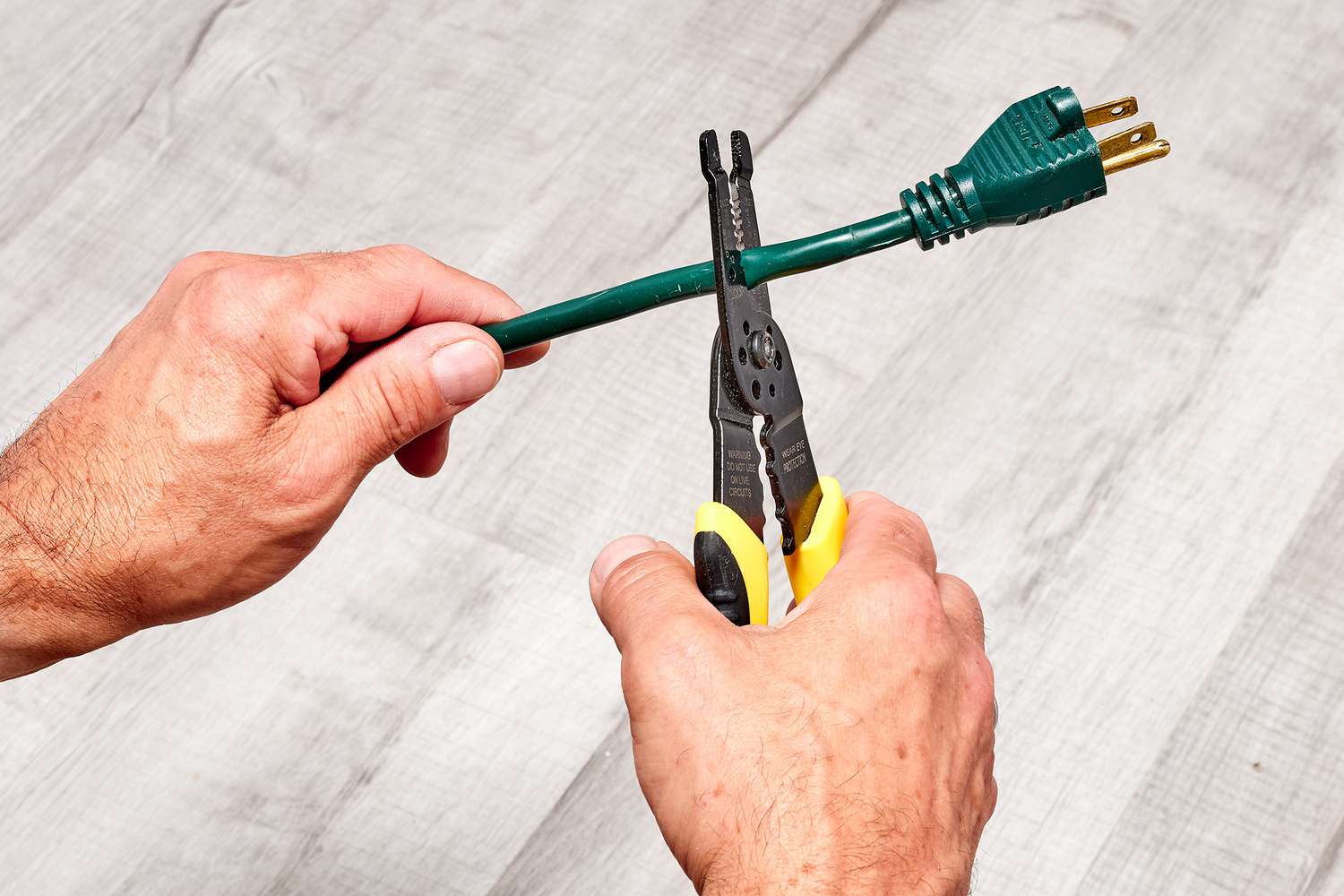
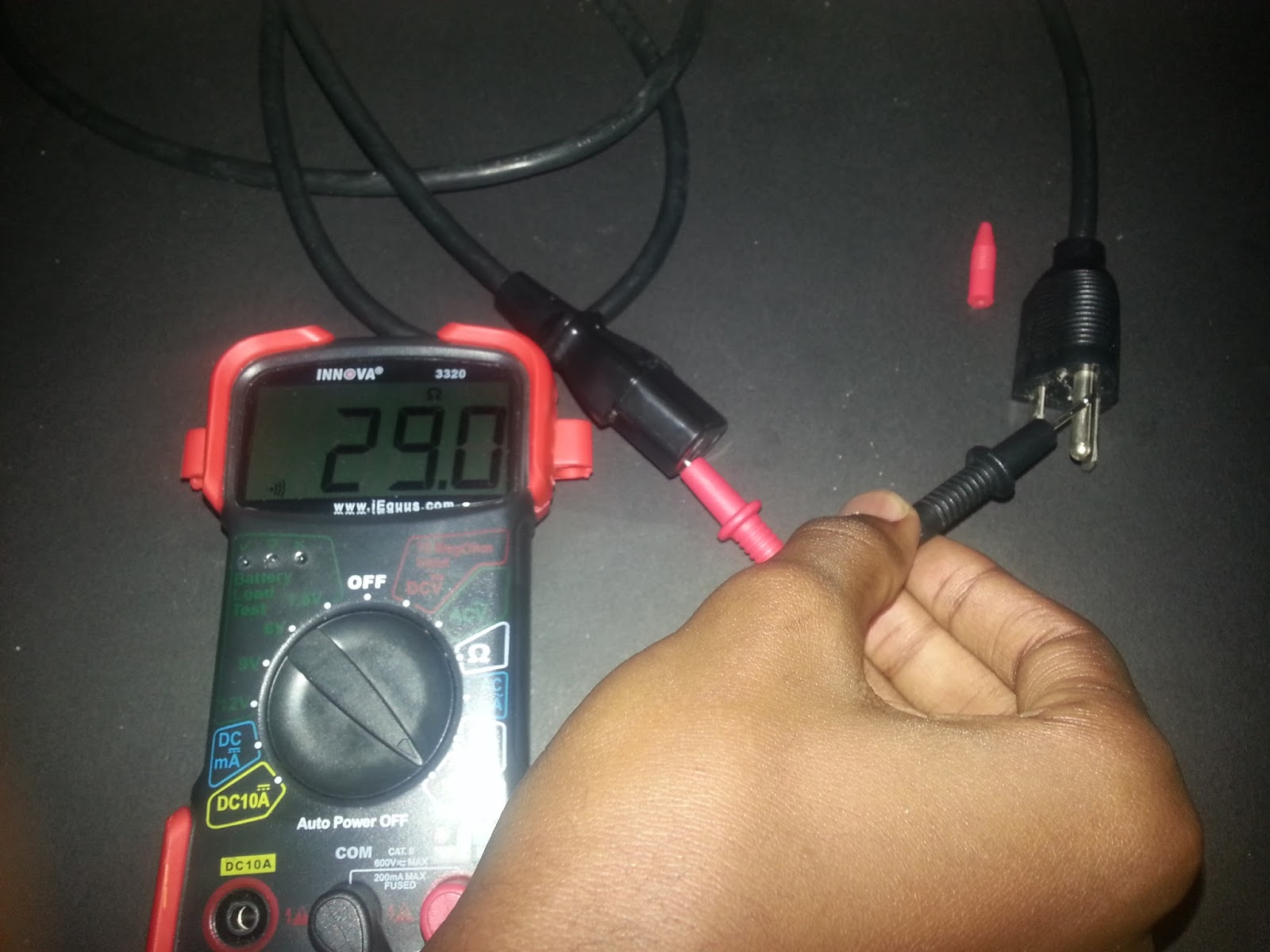
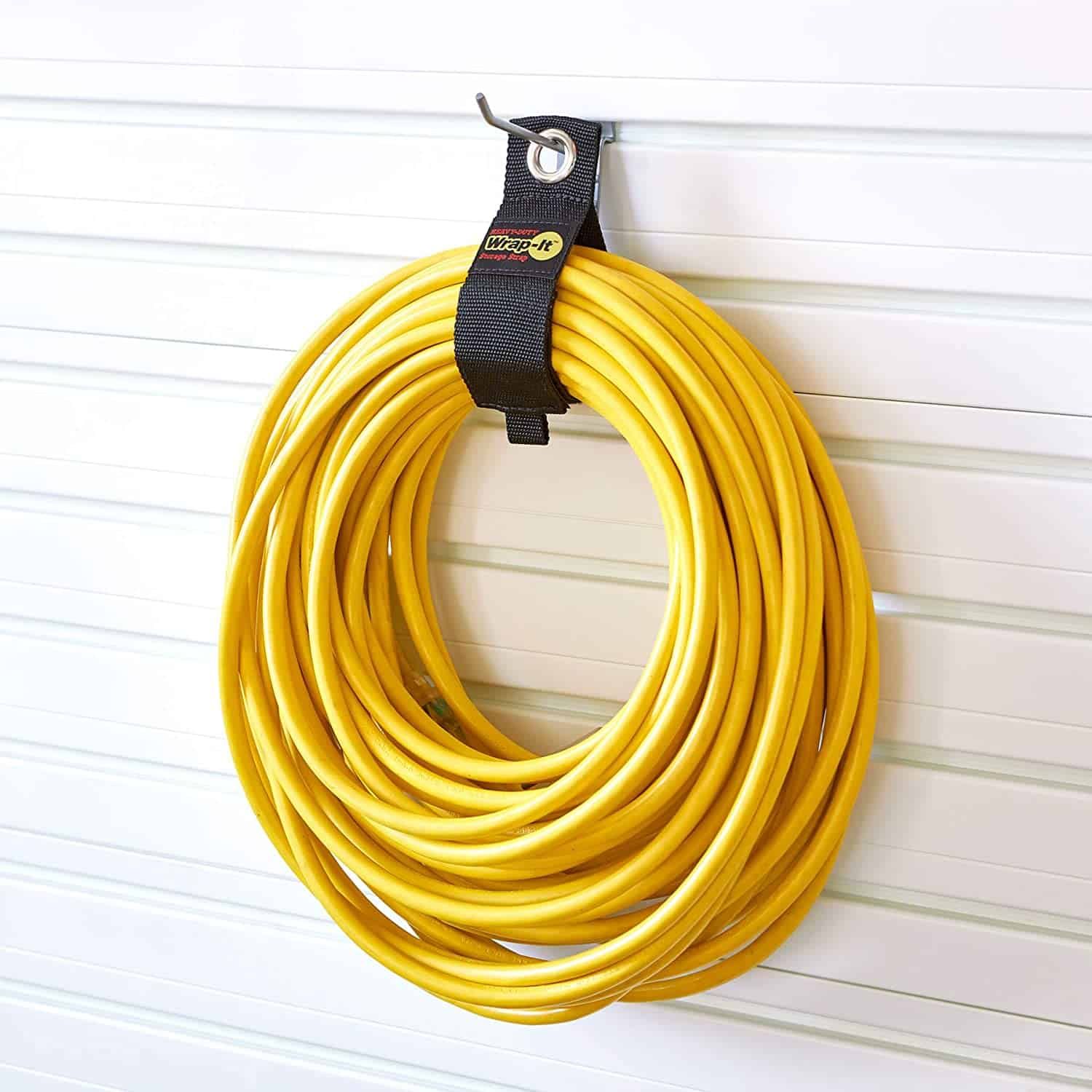
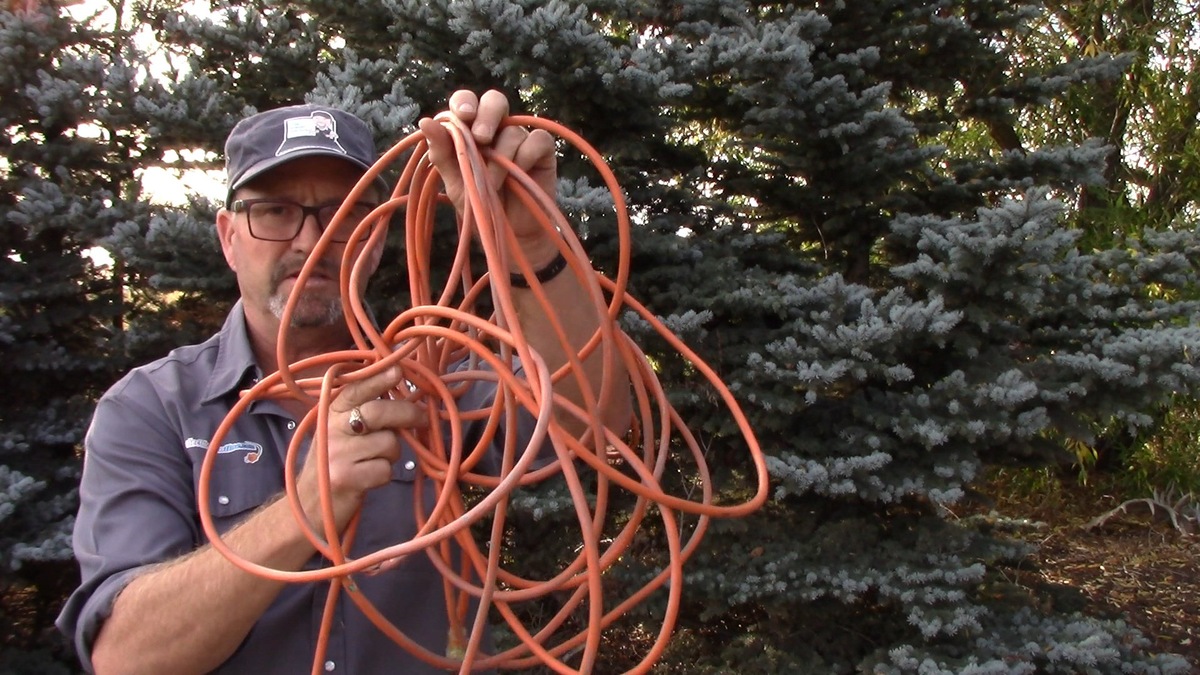
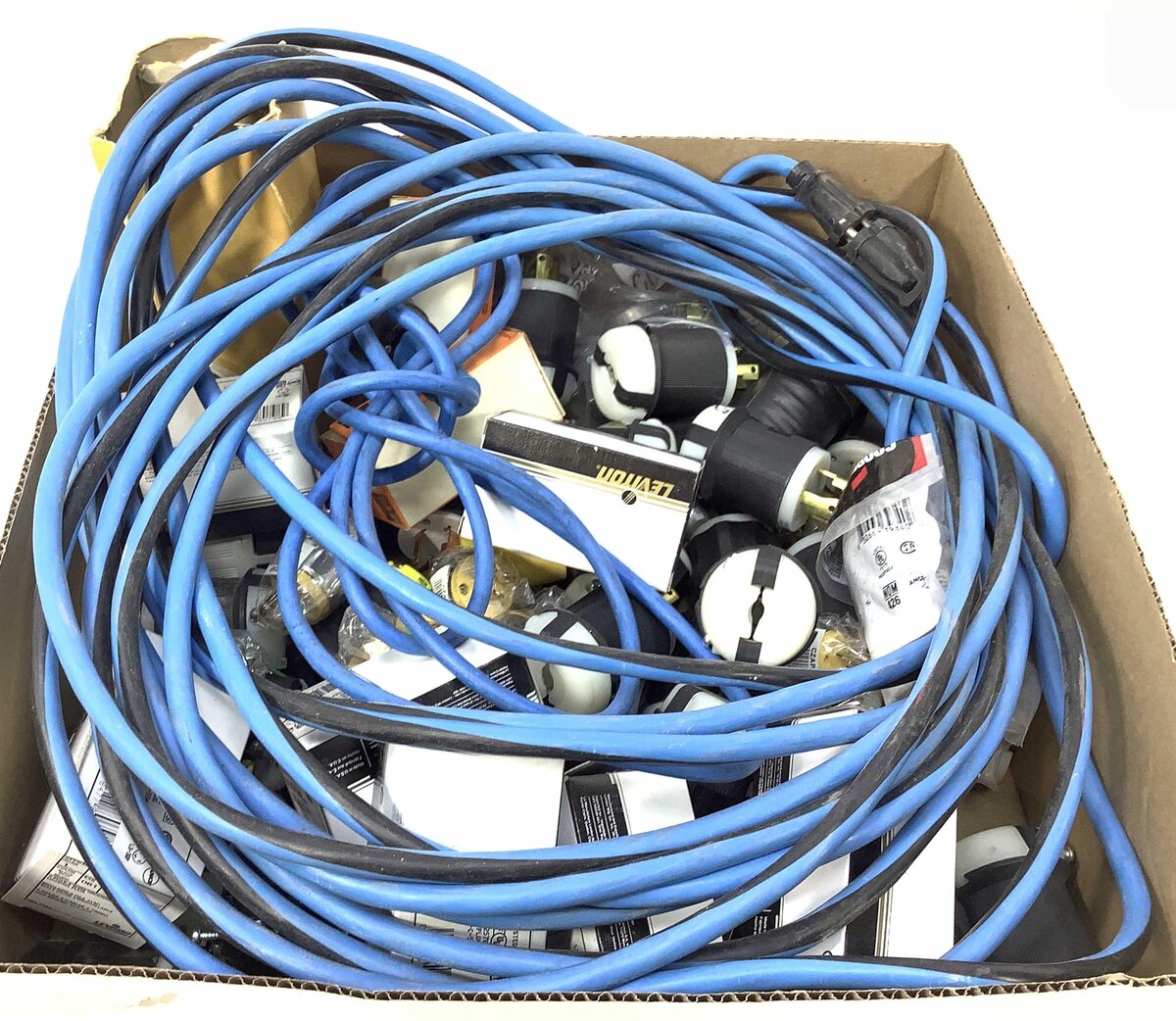
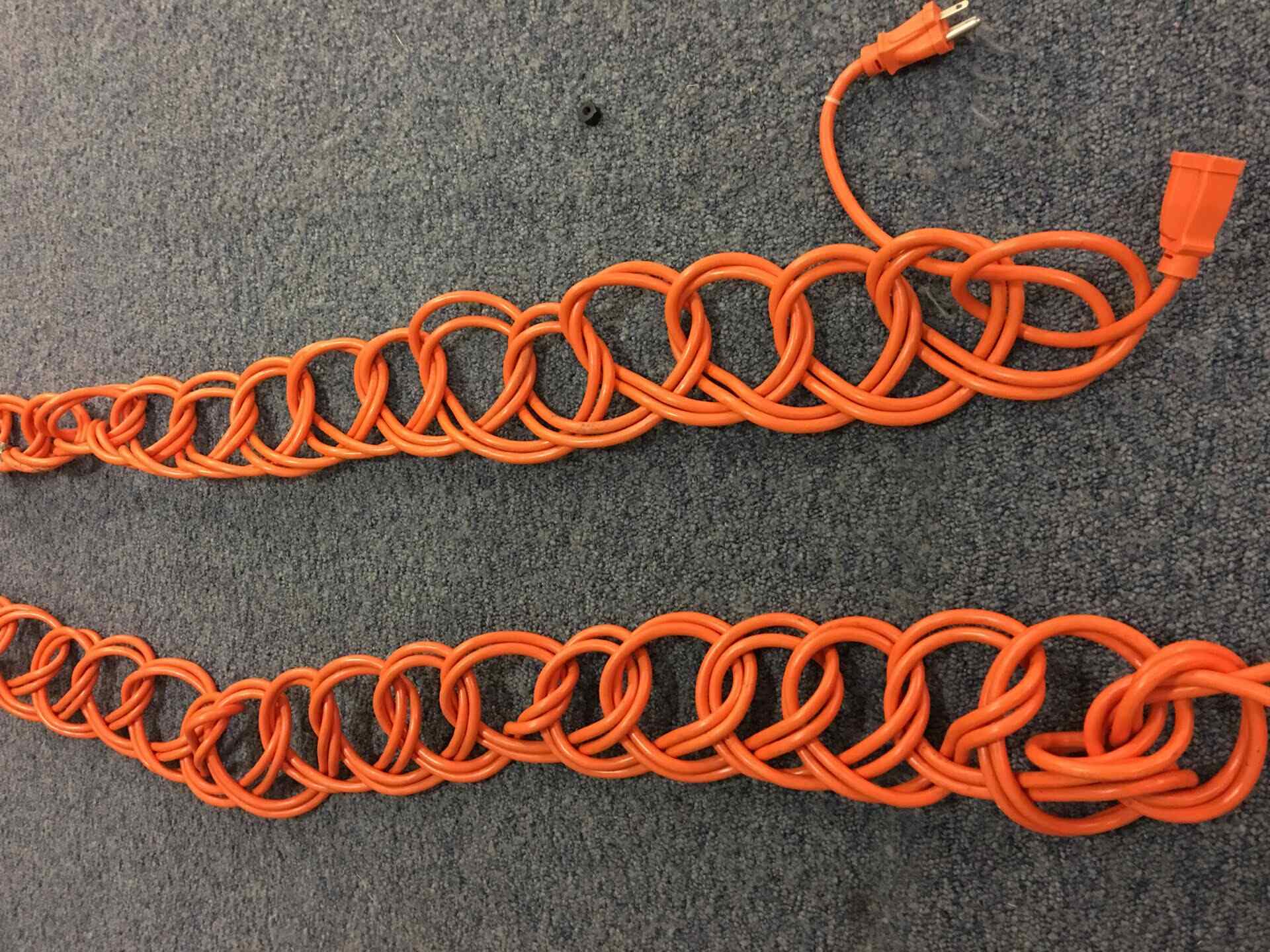
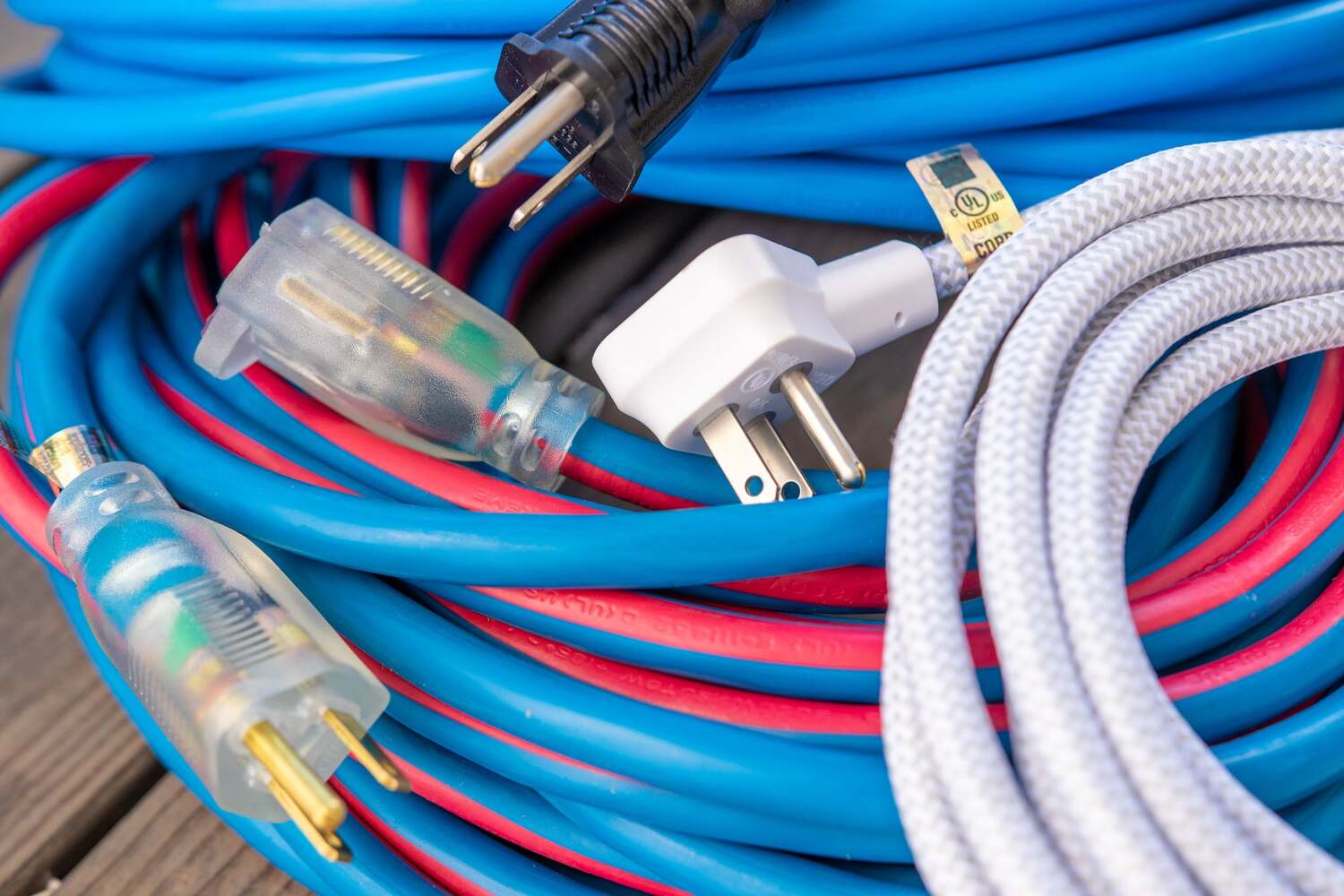
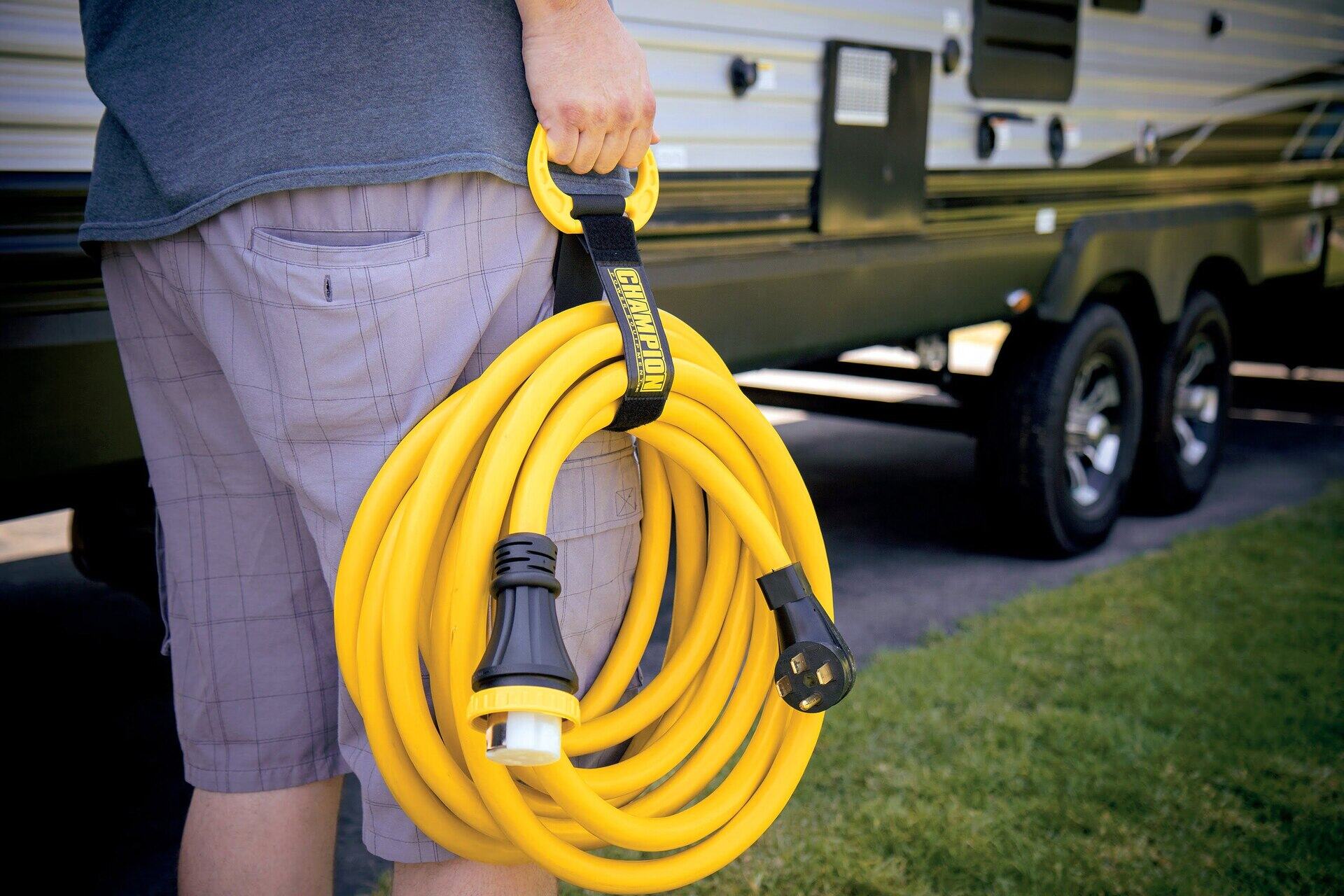
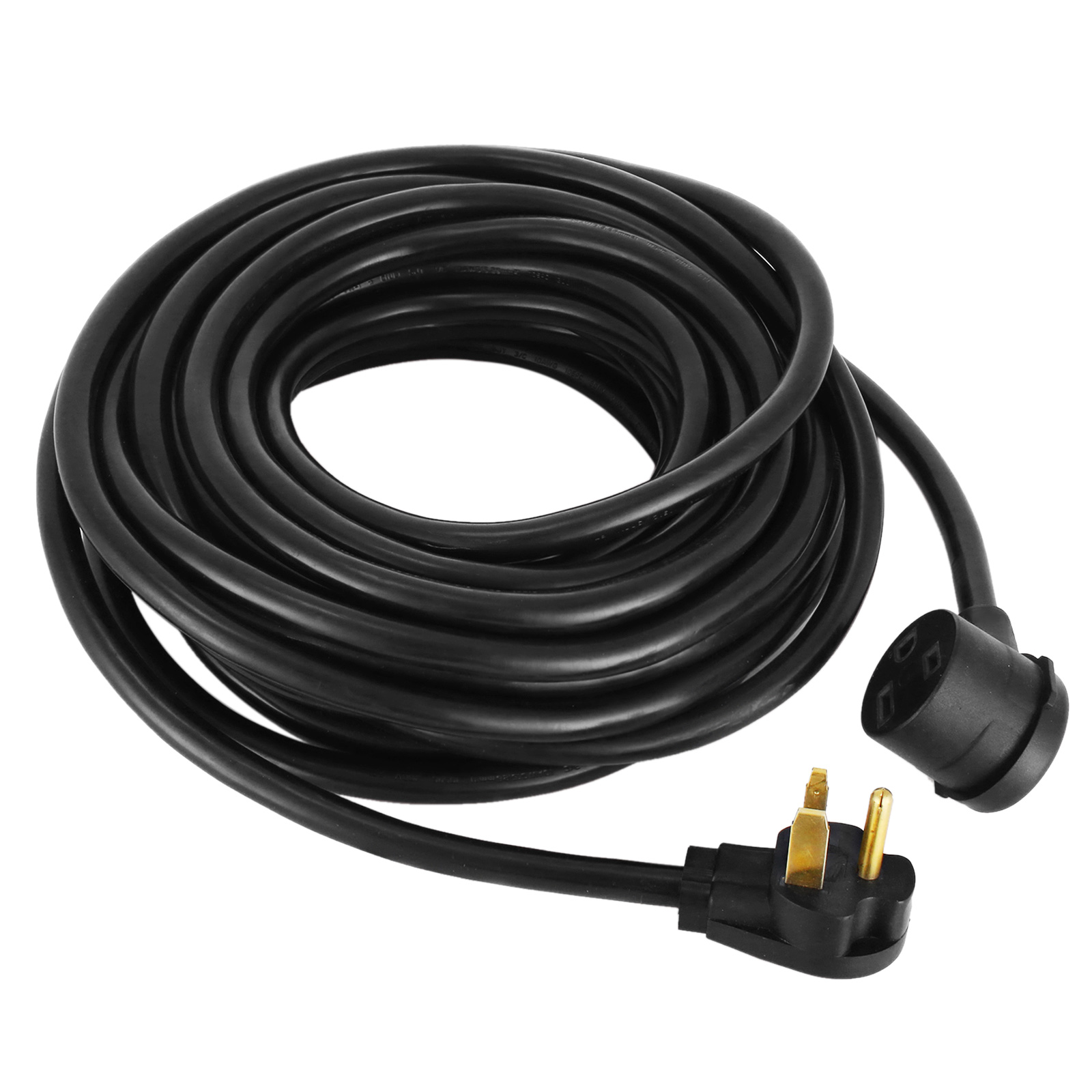
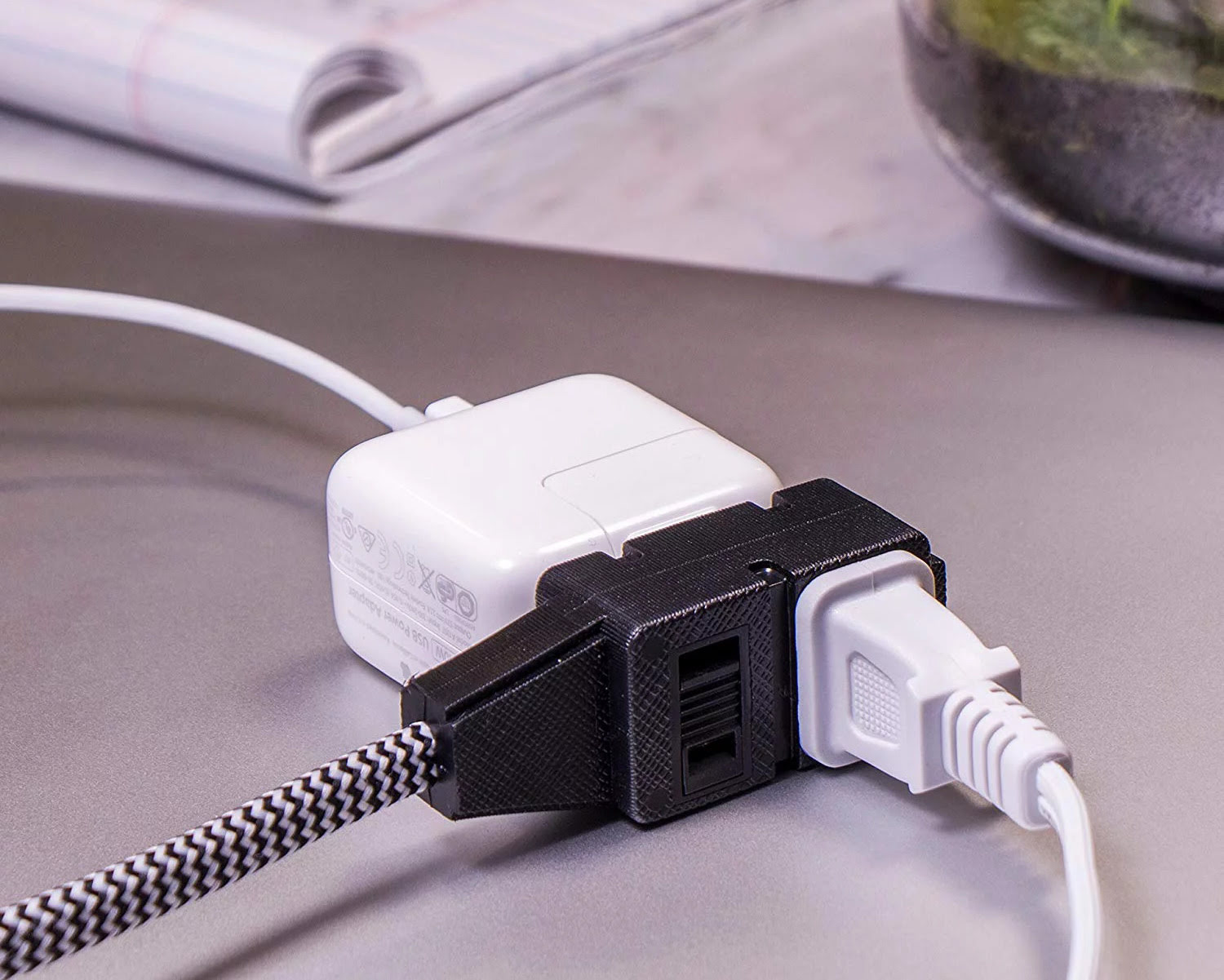
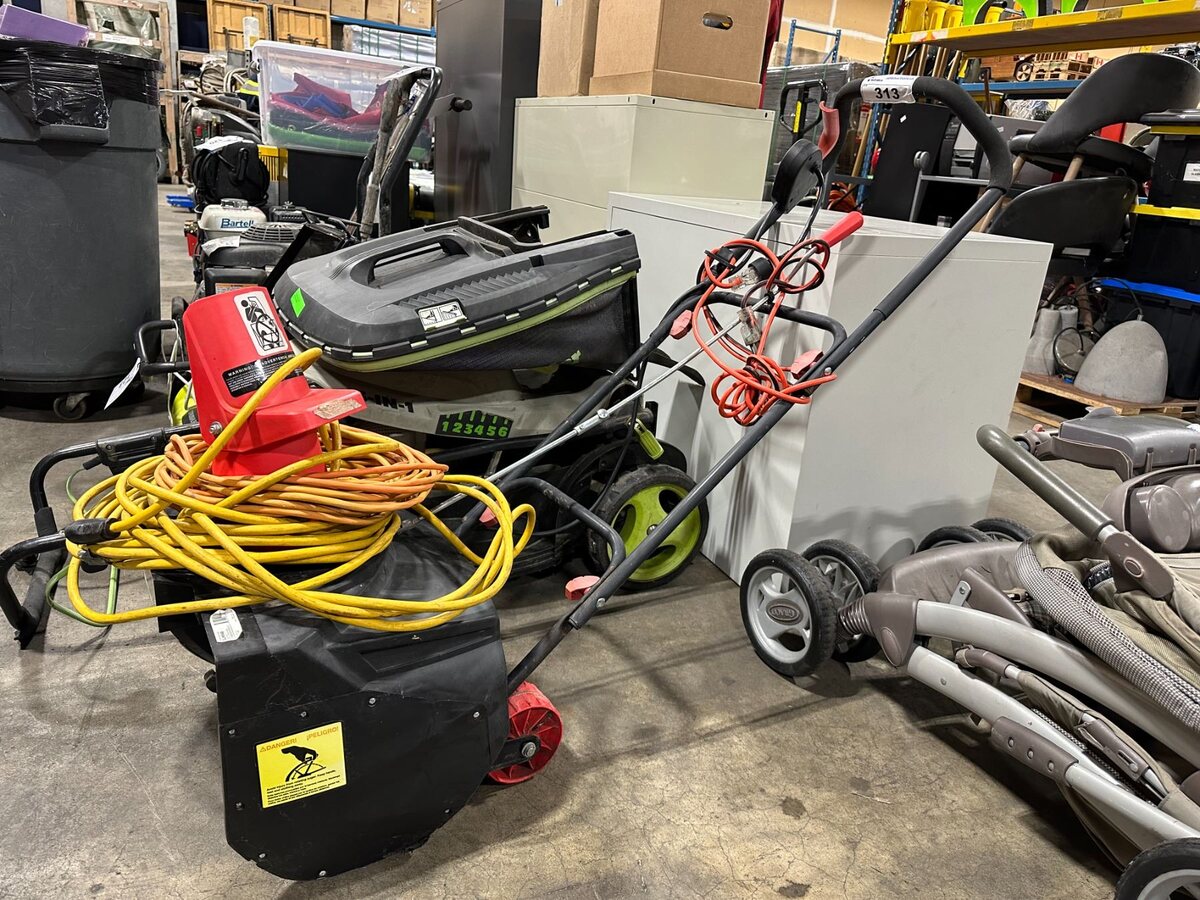
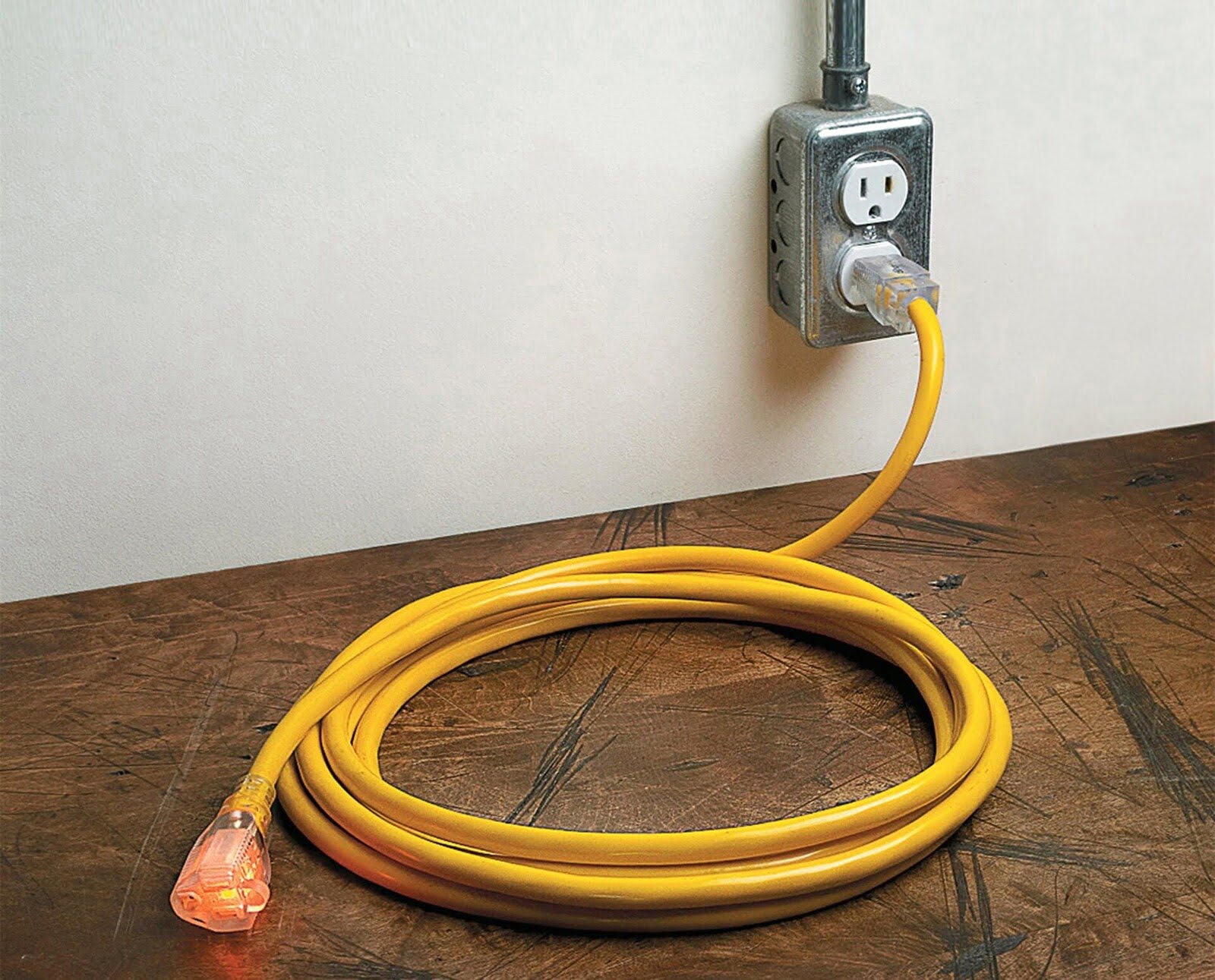
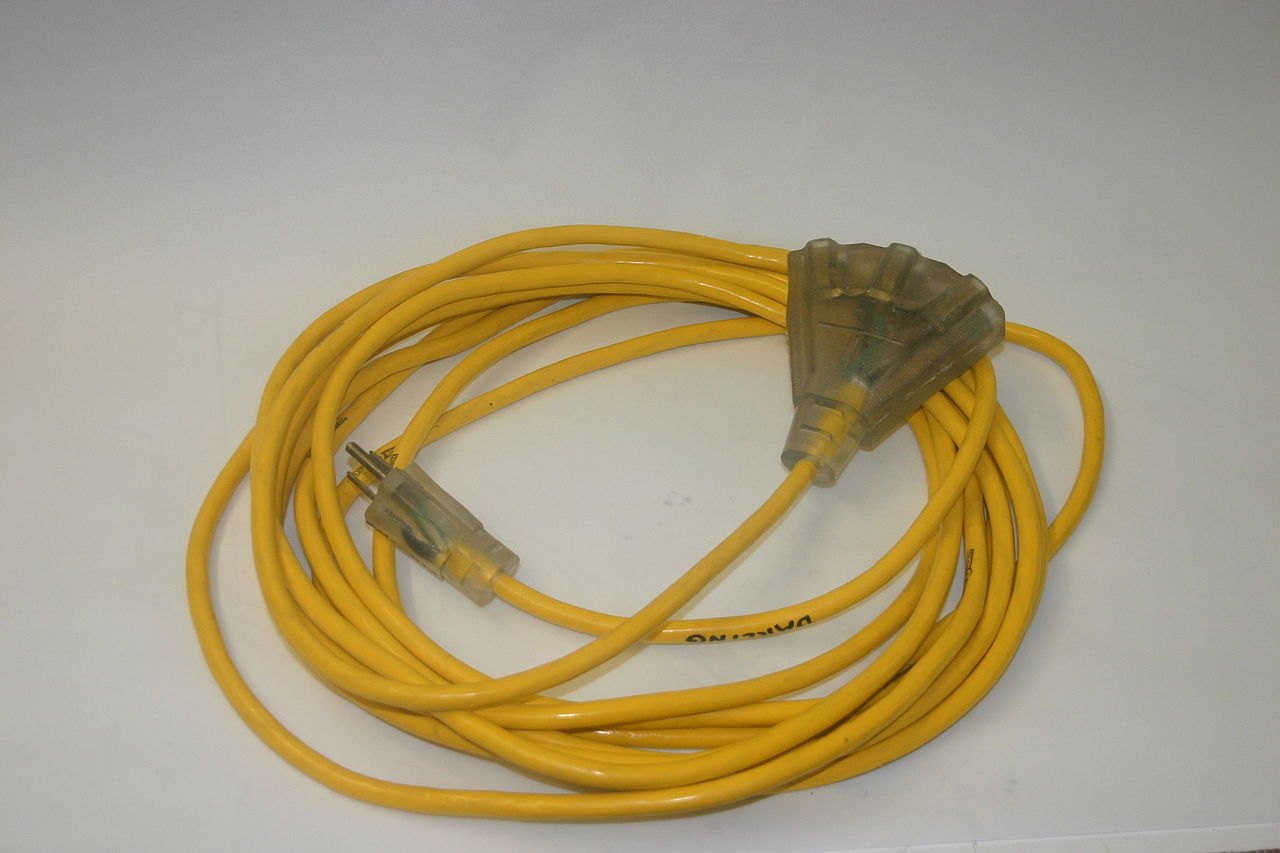
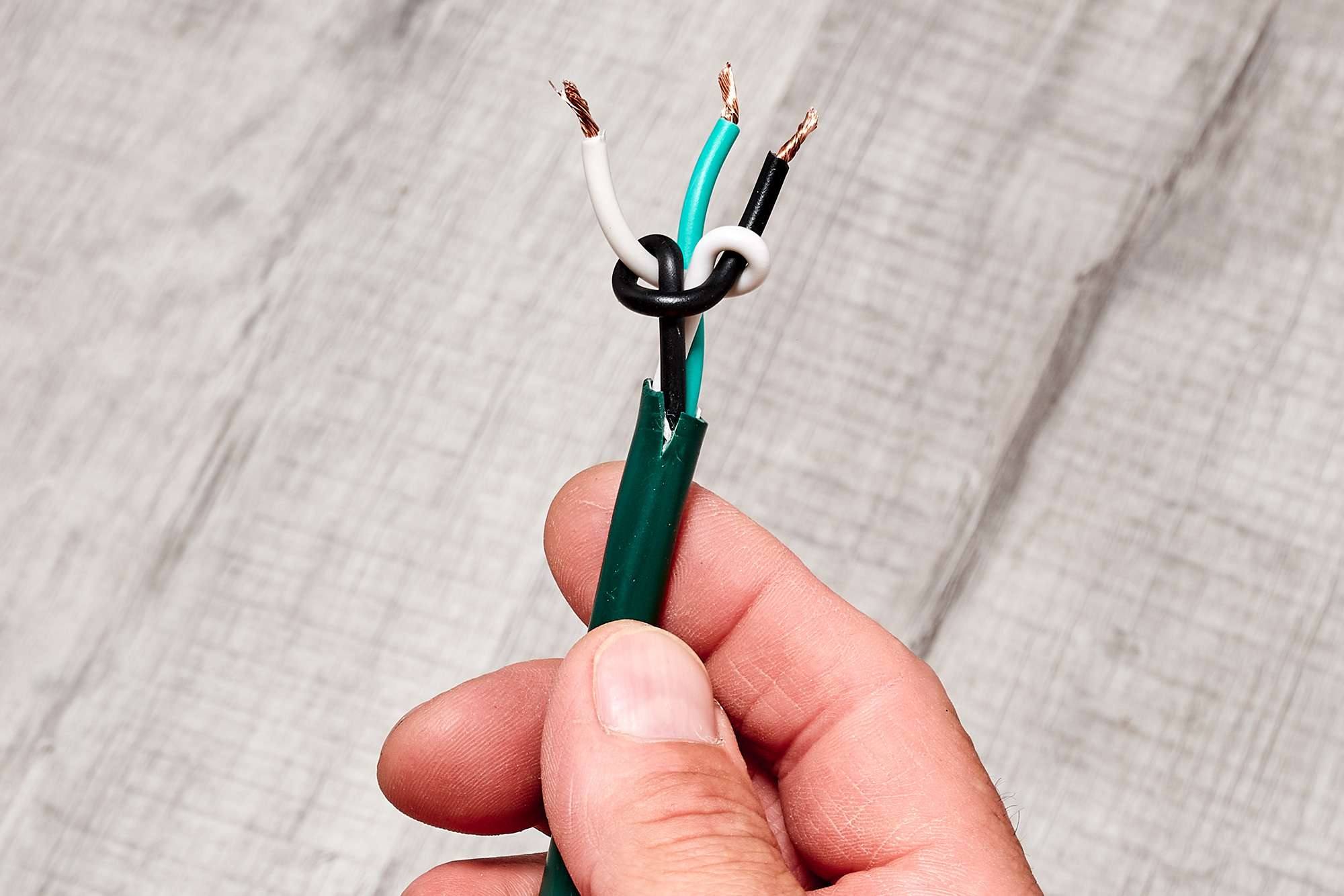

0 thoughts on “How To Wind An Extension Cord”